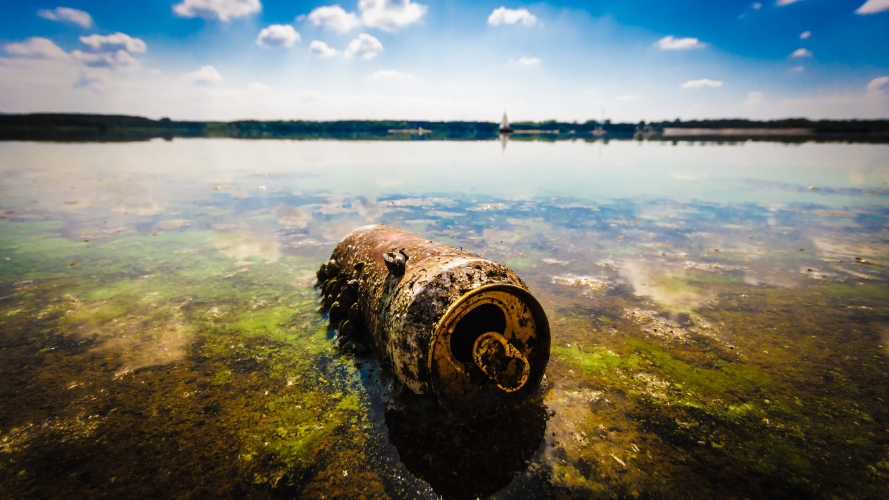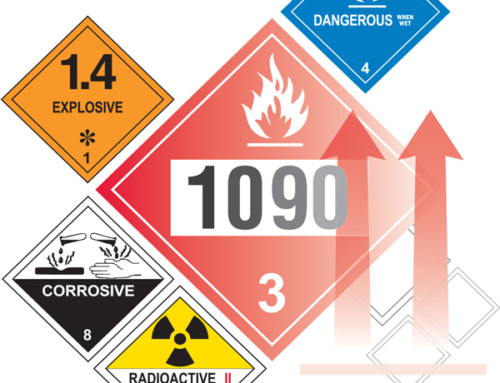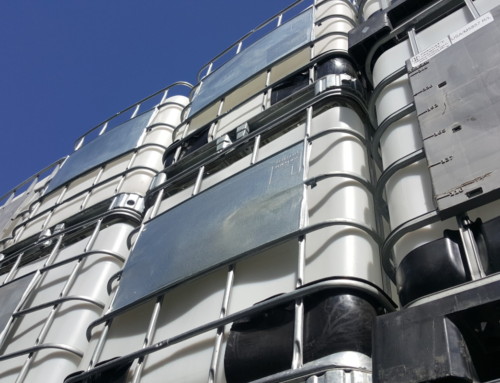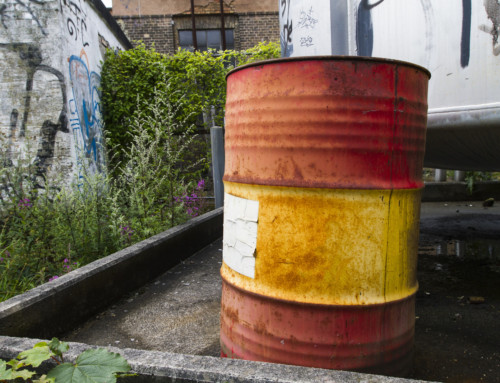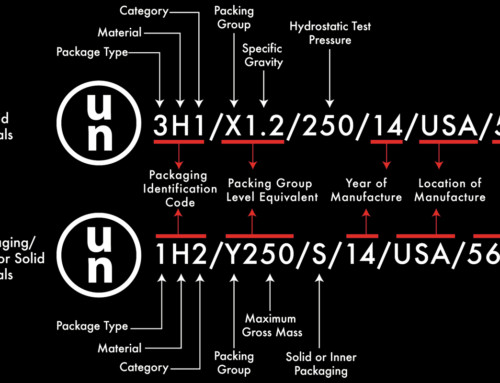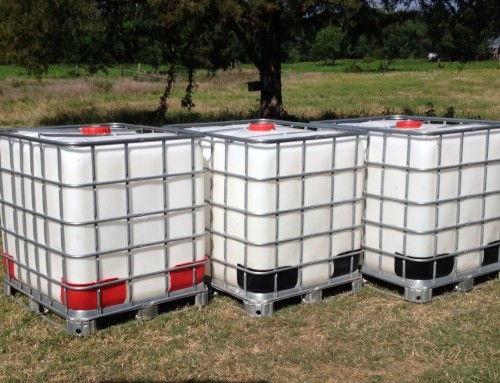The Resource Conservation and Recovery Act, passed by Congress in 1976 is the source of hazardous waste regulations codified in Section 40 of the Code of Federal Regulations (CFR) parts 260-279. Congress passed RCRA on October 21, 1976 to address the increasing problems the nation faced from our growing volume of municipal and industrial waste. RCRA is enforced by the EPA and its stated goals are:
- Protecting human health and the environment from the potential hazards of waste disposal.
- Conserving energy and natural resources.
- Reducing the amount of waste generated.
- Ensuring that wastes are managed in an environmentally-sound manner.
RCRA also established three distinct yet interrelated programs. These three programs are the solid waste program under Subtitle D (non-haz waste), the hazardous waste program under Subtitle C, and the underground storage tank program under Subtitle I.
If you’re reading this blog post the most important of these three to you is probably Subtitle C. Subtitle C is intended to ensure that hazardous waste is managed safely from the moment it is generated to the moment it is finally disposed ( a.k.a. from the “cradle to the grave”). It includes procedures to facilitate the proper identification and classification of hazardous waste, provisions to ensure safe hazardous waste recycling, standards for facilities that generate, transport, treat, store, or dispose of hazardous waste, and safeguards to protect human health and the environment from hazardous waste that is disposed of on the land. RCRA also sets the requirement that facilities and facility owners dealing with hazardous waste obtain permits. Finally, the RCRA statute grants the EPA broad enforcement authority to require all hazardous waste management facilities to comply with the regulations.
There’s a great resource on RCRA published by the EPA in 2003 here. It includes information that is particularly important to hazardous waste generators, hazardous waste transporters, hazardous waste recyclers, and hazardous waste treatment, storage, and disposal facilities.
If you have any questions, post them below and I’ll find the answer for you.

